Improved innovation, enhanced productivity and higher employee engagement: the business benefits of a strong diversity, equity and inclusion (DEI) programme speak for themselves. And companies are finally hearing the call to boost representation across their workforces.
Research from Birkbeck, University of London, shows that 92 per cent of UK employers have a DEI policy in place. However, we don’t really know how many are tapping their programme’s full potential, moving from tick-box compliance to creating truly inclusive cultures. Part of the problem is the subjective nature of inclusion.
While diversity can be viewed as a measurable goal – such as employing a particular percentage of workers from under-represented groups – inclusion is a continual process of shaping a supportive, welcoming and enlightened workplace.
Without a specified endpoint, how do you know you have succeeded? Embedding an inclusive mindset requires practical measures. Proactive changes – diversity-friendly hiring, interviews and retention programmes – help businesses live and breathe inclusion.
Commit to inclusive recruitment
From advert wording to interview structure, how you take on talent is core to creating an inclusive culture. A June 2023 Recruitment and Employment Confederation survey found companies are slow to change hiring practices. It showed that 60 per cent revised the wording of their job adverts to boost inclusion, up from 54 per cent in 2022. However, 49 per cent didn’t state their interest in hiring diverse candidates in job adverts and 56 per cent didn’t use a diverse interview panel.
Implement blind CV screening
Blind CV screening is a popular method of tackling unconscious biases, which are the engrained beliefs that drive managers to favour or dismiss candidates based on characteristics such as educational background, ethnicity, gender or age. Used with recruiter training, technology can boost the blind screening’s effectiveness. For example, software can hide sexual orientation, religion and ethnicity from hiring teams and flag bias in many job descriptions.
Structure interviews consistently
Structured interviews use preset questions, scoring rubrics and evaluation criteria to give candidates an equal chance. Skills-led tasks and assessments allow applicants to demonstrate their capabilities, as can asking the same questions in the same order, focusing on required competencies.
Diverse interview panels
Representative interview panels – of various ethnicities, genders, ages and experiences – show your commitment to DEI and fair assessment. Create interview teams that encompass a range of ethnicities, genders, age groups and seniority levels, giving applicants visible proof of inclusive culture. Also, provide regular training for your HR team and staff, enabling colleagues to challenge and balance each other’s perceptions. Lastly, regularly rotate the members of interview panels in order to prevent groupthink.
Remove bias from your recruitment practices
Training your recruitment team helps to eliminate preconceptions that restrict access to top talent. You should focus on exercises to identify attitudes, assumptions and stereotypes, creative role-playing to highlight unintended bias, and solutions and mitigation strategies to help colleagues model and promote unbiased behaviour.
Improve retention with inclusive processes
If you’re experiencing high turnover, poor employee engagement or sluggish career growth, deeper issues could be undermining your hiring practices. Do your materials, new-starter training and settling-in processes promote inclusion? You should also review training and promotion opportunities to ensure clear progression paths.
Niki Turner-Harding is the UK and Ireland country head at Adecco.
Related and recommended

The prime minister and chancellor may be safe for now but Cabinet ministers believe it’s a case of when, not if, they fall

After creating her own hair oil blends as a student, Lucie Macloud grew Hair Syrup into a multi-million pound business that she’s now expanding into Europe and the US

Thea Green, one of the UK’s most successful entrepreneurs in the beauty and self-care space, shares her advice

Nick Grey's story is a tale of grit, design obsession and the strategic choices behind sustainable success

